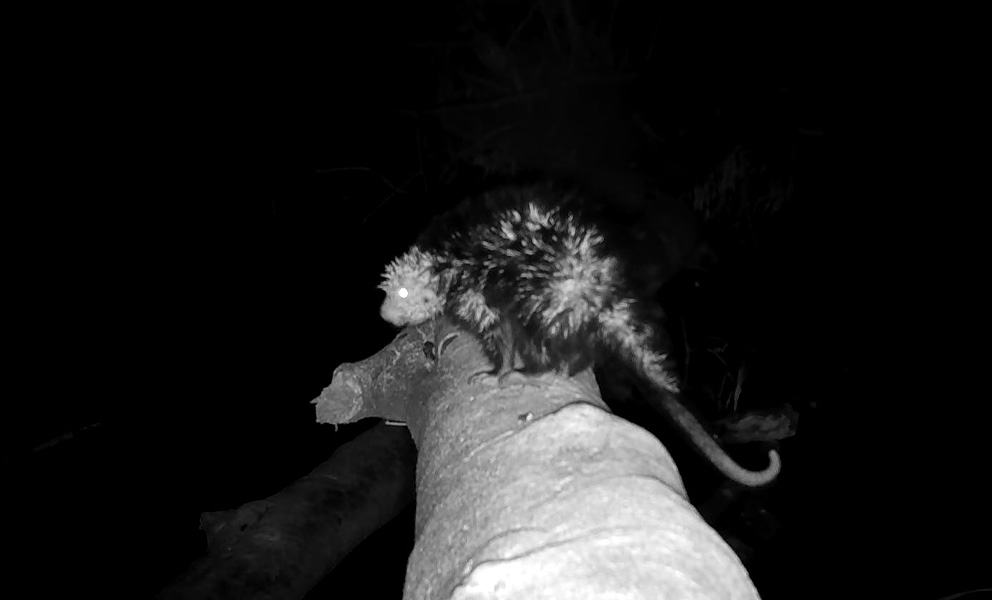It’s covered in spines. It has a prehensile tail, like a monkey. It smells like aggressive BO. It’s the Mexican hairy porcupine.
The Mexican hairy porcupine (Coendou mexicanus) is also known as the Mexican hairy dwarf porcupine. I live in fear of the Spanish name. Do you know how there are some words that you simply cannot remember no matter how many times you’ve heard them or looked them up? That’s how it is for me with the word porcupine in Spanish. I can never remember if it’s puercoespín or cuerpoespín. They’re extremely similar and both translations make sense. So I looked it up (again) for the article, and my mammals book assures me that both are fine. What a relief.
If the name in Spanish seems less specific than the name in English, that’s because in Costa Rica the specificity is unnecessary. This is the only species of porcupine in the country. They’re a fairly common species in many parts of the country but are strangely absent from the south Pacific for reasons that remain unclear to me.
Physically, Mexican hairy porcupines are an interesting blend of adorable and upsetting. Their little brown eyes, bulbous pink noses and oversized incisors evoke an ‘I want to cuddle that’ feeling, but the bright, long yellow spines sticking out from under their brown fur in seemingly random patches arouse a ‘keep that thing away from me’ feeling.
Their other interesting physical attribute is their spineless, padded, prehensile tail. They use their prehensile tail and padded feet to live an arboreal lifestyle, that is, a life in the trees. They hide out in tree hollows and vine-tangles during the day and venture out at night in search of food. They feed on seeds, fruits, leaves, flowers, and flower buds, mostly in the middle layer of the forest. It uses its strong teeth to crush the outer layer of hard seeds, making it more of a seed predator rather than a seed disperser.
I’ve had a lot of interactions with this interesting creature during my time in Costa Rica. I hand raised a small juvenile while I worked at a wildlife rehabilitation and release center. That’s when I got personally acquainted with their strong smell. I’m genuinely not sure if it’s just the little pellets of poop they produce or their bodies carry the stink as well, but the whole area where it lived gave off a strong smell of human body odor.
I also see them frequently in the wild. They often can be seen hiding in tangles of vines in the treetops or among the branches of trees that create an umbrella-like canopy like the papaturro tree. Sometimes, while placing camera traps in trees, I’ll come across a tree hollow or an area where a large branch connects to the tree trunk where there’s a pile of poop pellets and a BO smell that punches me right in the face. Even if I can’t locate it, I know that a porcupine inhabits the area.
The large majority of my camera traps are located on the forest floor where I very rarely record porcupines themselves. However, on several occasions, I’ve recorded evidence of their existence in the form of ocelots walking around with a bunch of quills in their face. Over the last couple of years, I’ve been placing more cameras in the treetops, so I’ve started recording more porcupines doing their thing at night. They’re just so different looking from all of Costa Rica’s other creatures that I get a kick out of every video. Take a look at a few of my favorite clips in the video below and meet the Mexican hairy porcupine for yourself.
About the Author
Vincent Losasso, founder of Guanacaste Wildlife Monitoring, is a biologist who works with camera traps throughout Costa Rica. Learn more about his projects on facebook or instagram. You can also email him at: vincent@guanacastewildlifemonitoring.com






